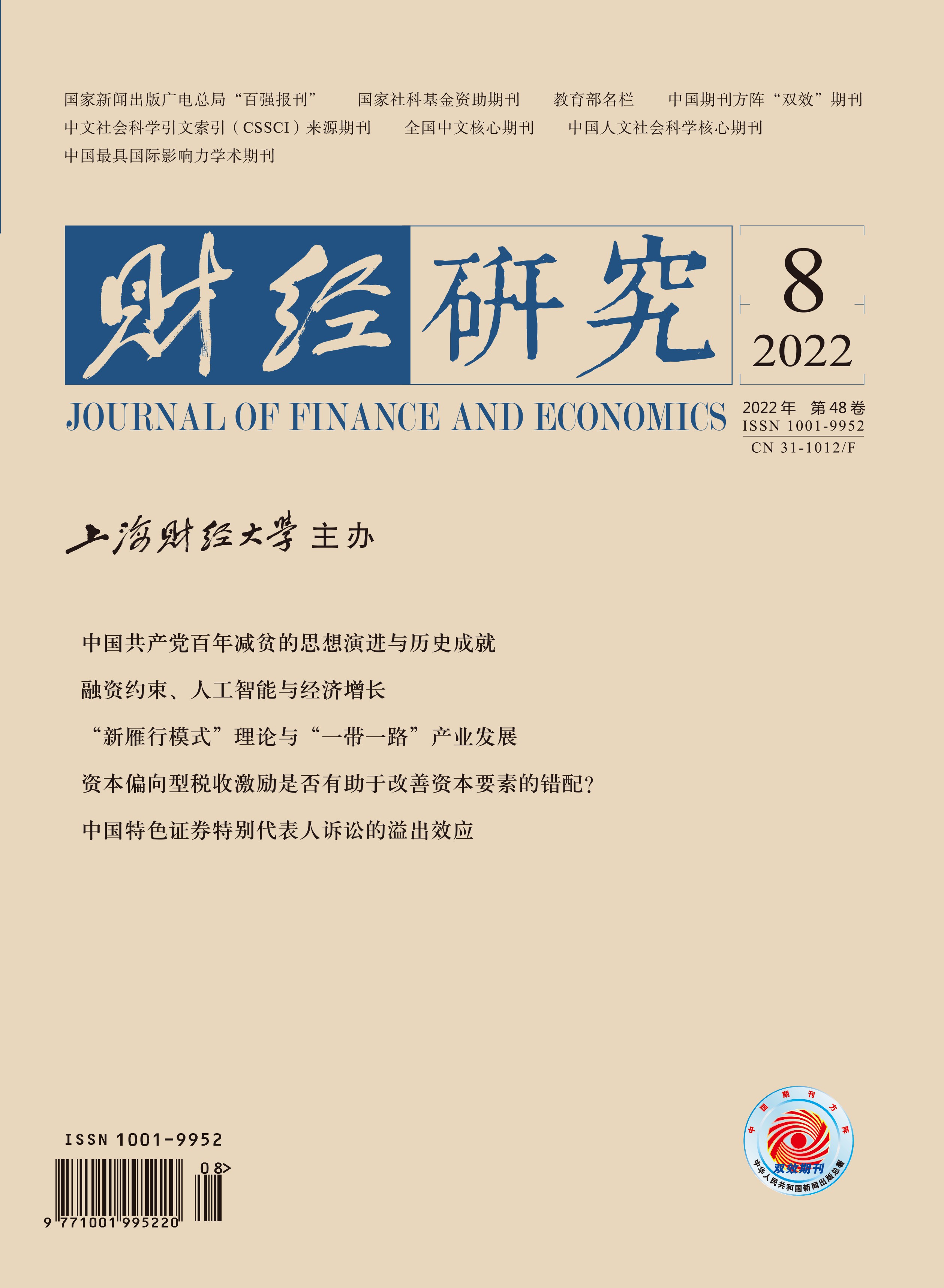The Communist Party of China (CPC) of a hundred years is a history of struggle that the Party leads the people to reduce poverty and develop. Eliminating poverty is not the finish line, but the starting point of a new journey. Standing at the new point, and from the perspective of historical evolution, it is of great significance to summarize the experience of successfully eliminating poverty and explore how ideas should be improved in the new stage. The existing research still needs to be perfected in extracting the regular logic of the evolution of poverty reduction thoughts, which is precisely the institutional superiority of socialism with Chinese characteristics compared with Western capitalism welfare states. This paper aims to fill the blank and shows the achievements of poverty reduction based on the comparison of historical data.
This paper draws the following conclusions: (1) The evolution of the CPC’s poverty reduction thoughts has experienced five stages: ideological exploration guided by the Marxist Theory (1921-1949), formation of thoughts with system as guarantee and relief as the means (1949-1978), ideological development with deepening social system reform as the path (1978-1986), ideological perfection guided by cultivating endogenous power (1986-2012), and ideological innovation with targeted poverty alleviation as the strategy (after 2012). (2) The evolution logic of the CPC’s poverty reduction thoughts is mainly reflected in four levels: the theory evolution of following and innovating the Marxist antipoverty theory, the strategic evolution from shared growth to preferential poverty reduction, the evolution of subjects from government undertaking to multi-party linkage, and the evolution of objectives from paying attention to material revealing backstop to multi-dimensional empowerment. (3) The CPC has received great achievements in poverty reduction, and the production and living conditions of farmers have appeared a qualitative leap. From now on, China should lay emphasis on the problem of relative poverty on the basis of preventing poverty-returning, and adopt the way of overall planning of urban and rural areas to promote equality and development.
The contributions of this paper may include that: (1) It systematically combs the evolution process of the CPC’s poverty reduction thoughts, which enriches the historical research of this area. (2) By analyzing the evolution characteristics of the CPC’s poverty reduction thoughts, it summarizes the general rules of “shift” and “invariability” behind them, which deepens the scientific understanding of the formation and connotation of the CPC’s poverty reduction thoughts. (3) Taking rural areas as the observation object, it arranges the Buck Survey Data from 1920s to 1930s to combine with other modern rural data, and compares them with the relevant data at the present stage, which intuitively presents the centennial poverty reduction effect of the CPC.





 5143
5143  4317
4317

